I was contracted with Activision and worked as a Monetization Designer, with a heavy focus on Gacha Mechanisms, as well as general Live Operations. Most of my work was devoted initially to integration of game content, but the latter half of my work had a heavy emphasis on optimizing our non-spender conversion metrics through A/B testing and user surveys.
The main projects I worked on while at Activision were the following:
• I planned out the integration of "Lucky Draws", a specialized Gacha Mechanism unique to the Call of Duty: Mobile space. This included the timing of a launch, establishing marketing support, item positioning and allocation, pricing proposals, and more.
• I integrated and validated the testing of Lucky Draws, as well as collaboratively worked with our Shanghai QA team to ensure that there were no blockers.
• In collaboration with the Legal team, I facilitated and owned Legal Reviews to ensure that there were no IP infringements or legal issues with assets or other aspects of the Lucky Draws.
• I established Retrospectives to ensure that we had a way to monitor how we performed on a season-to-season cadence. I also invented KPIs + forecasting & analysis so our team had KPIs to measure against which resulted in a massive increase in Draw Performance.
• I ran aggressive A/B tests in collaboration with our Data Team to validate hypothesis' and identify means in which we could improve our revenue model -- which resulted in a massive positive increase in our ROI from Lucky Draws, specifically.
Season 7: Elite of the Elite
• $22M in revenue.
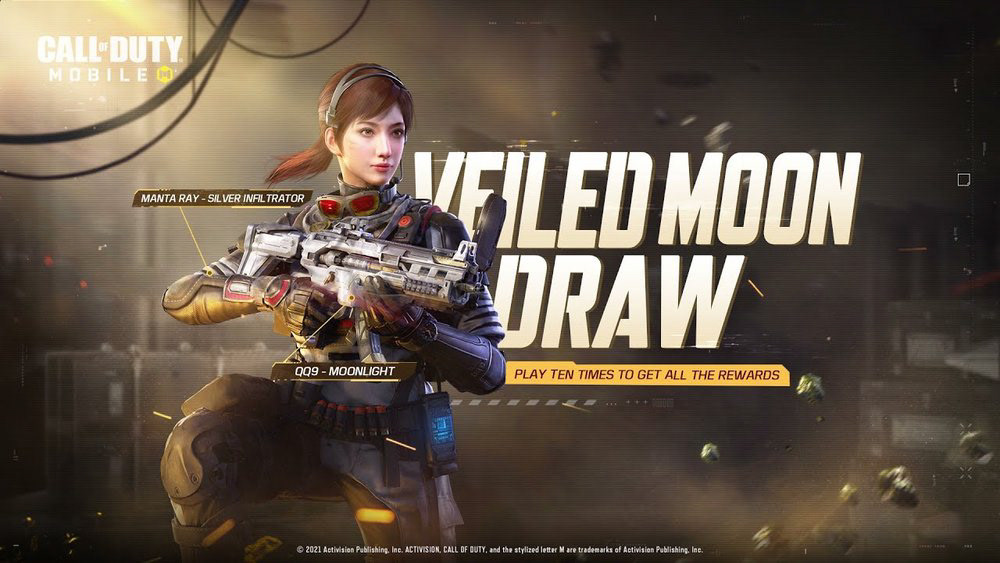
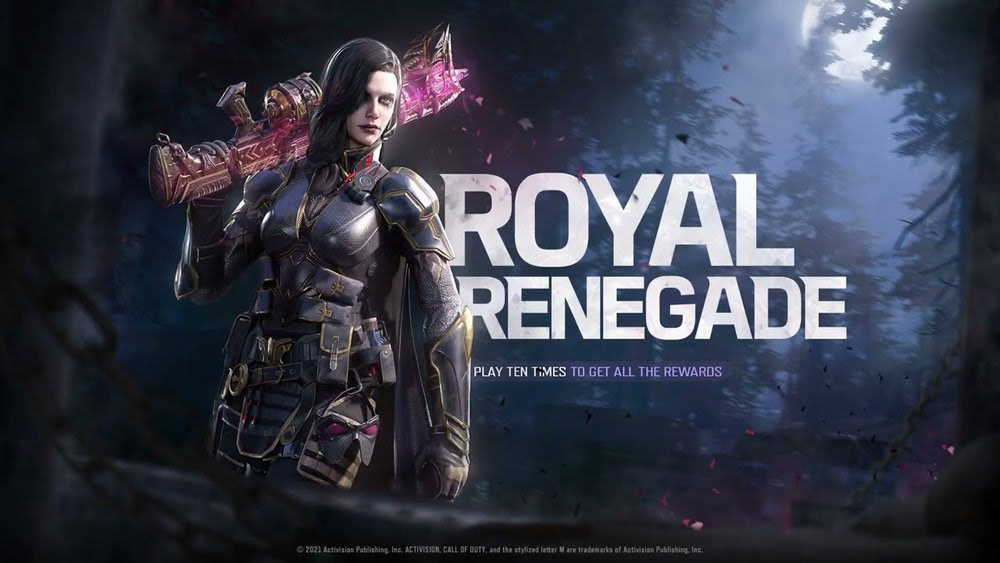
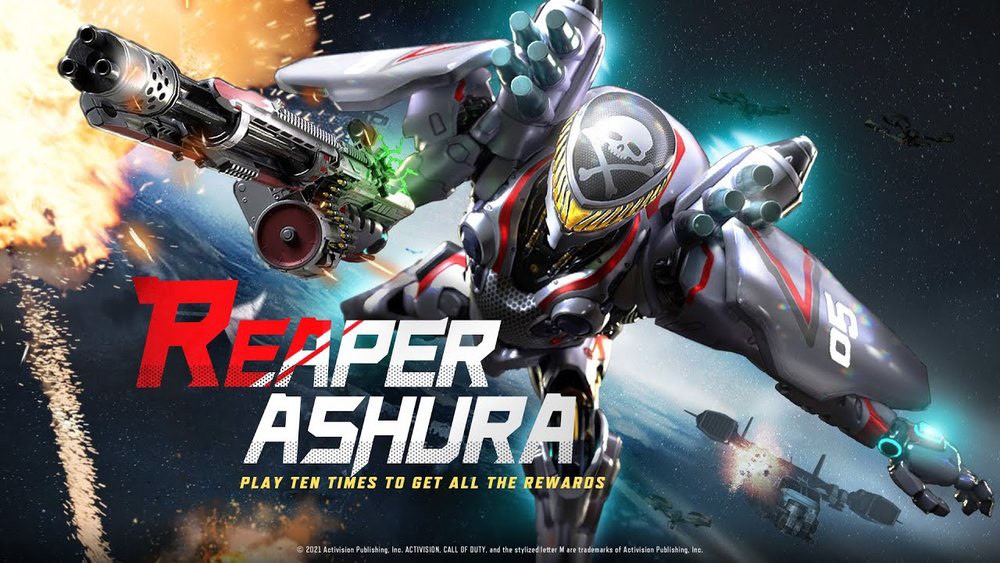
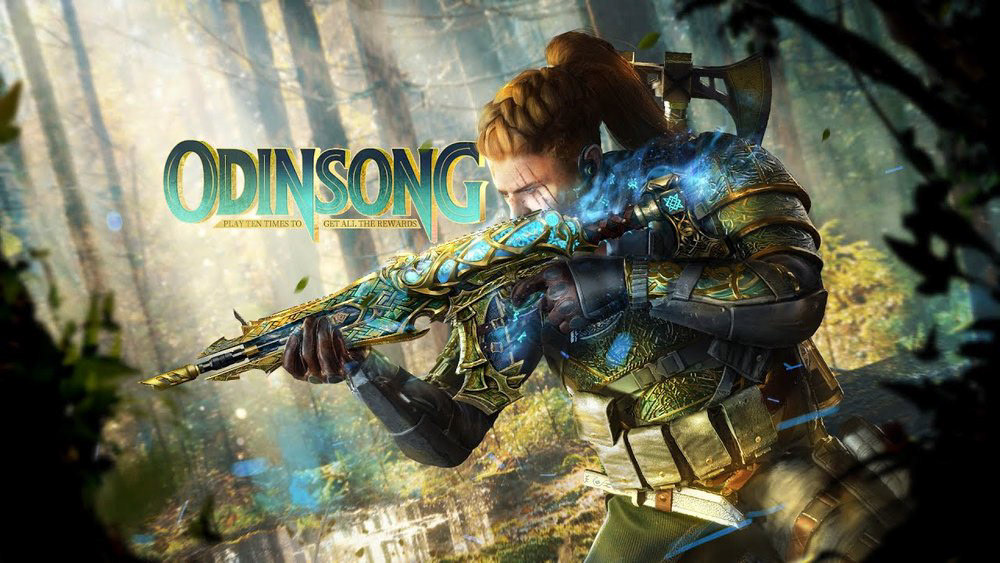
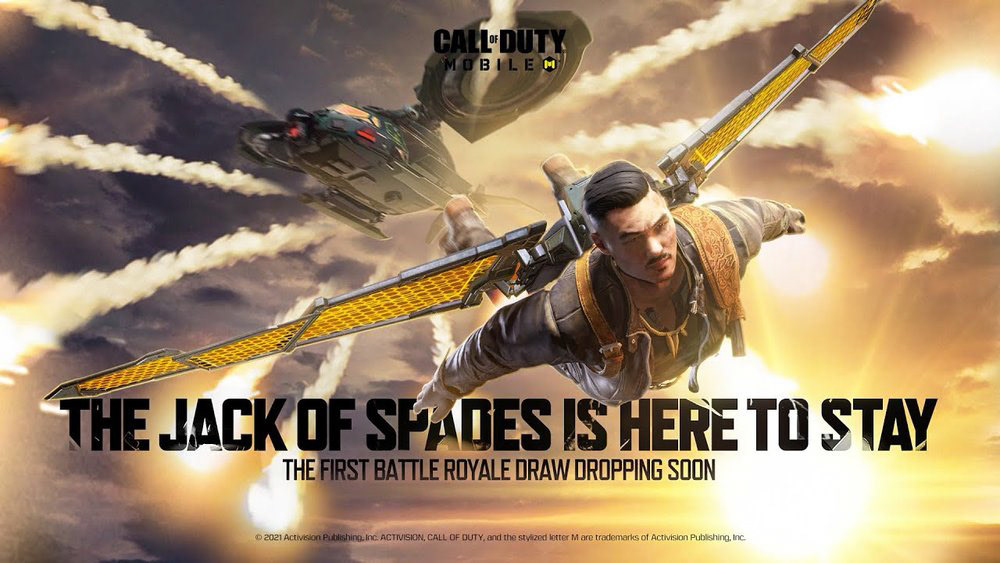
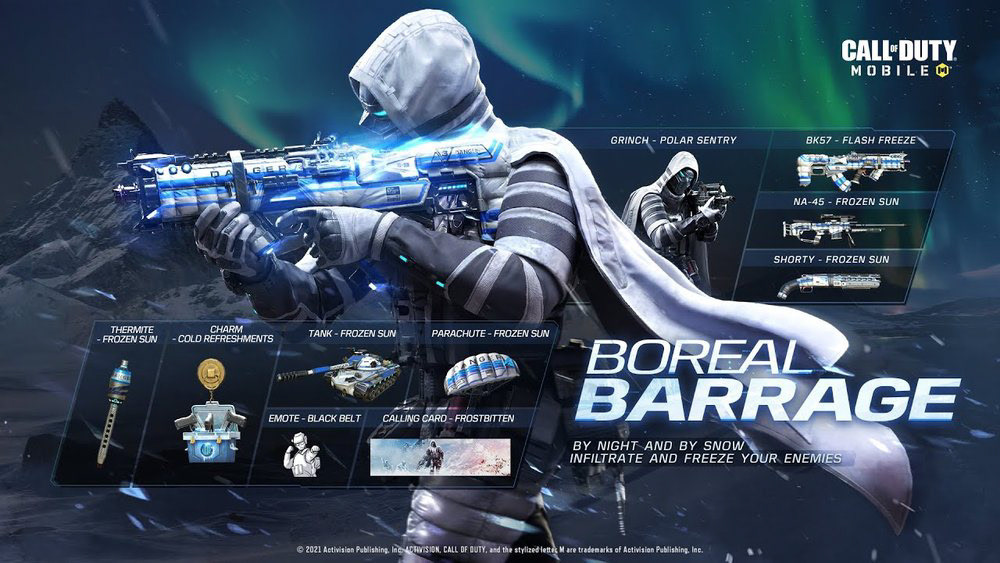
Season 9 - The Nightmare
• $22M in revenue.
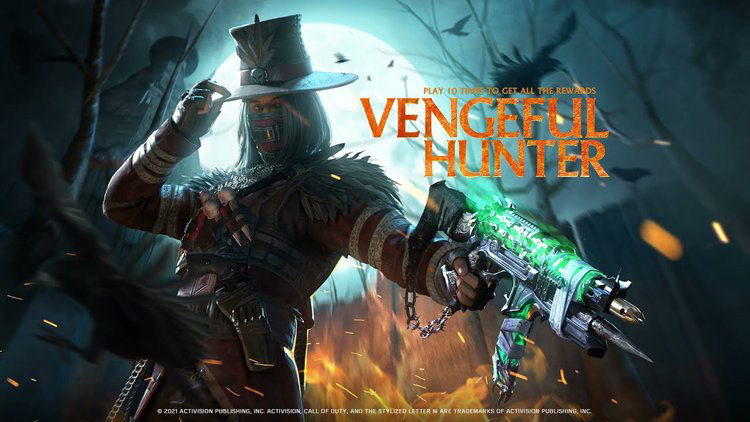
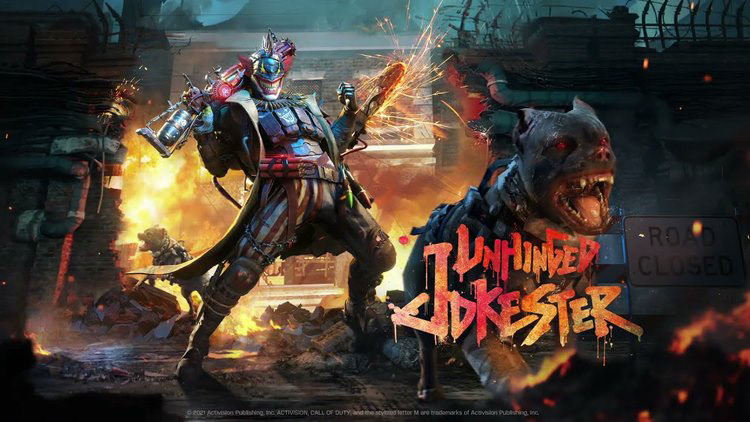

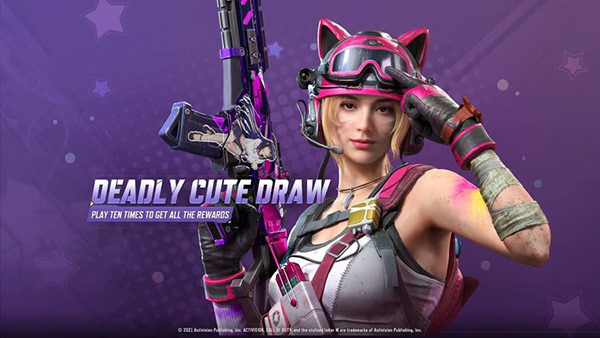
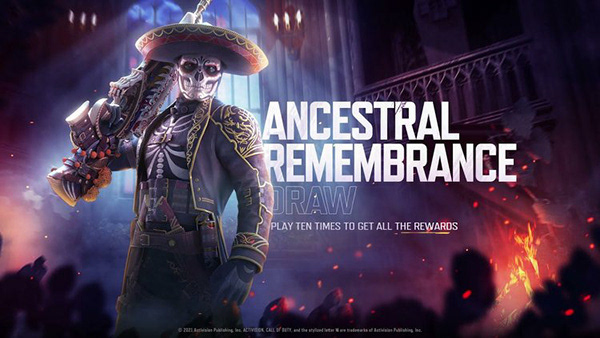
Season 10 - Shadows Return
• $19M in revenue.
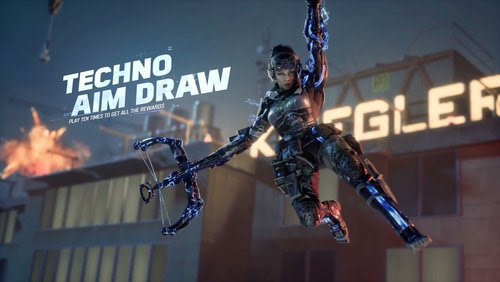

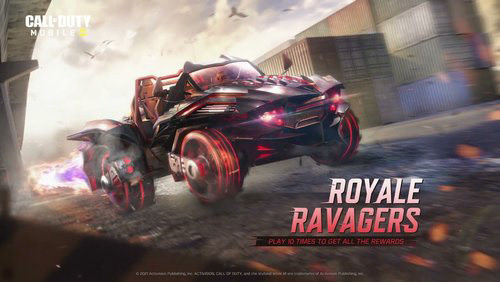

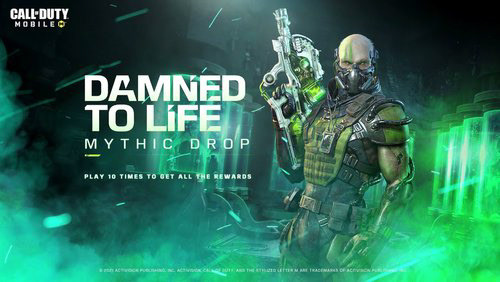
Season 1 - The Heist
• $28M in revenue.
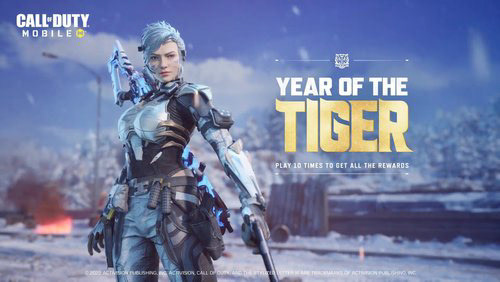



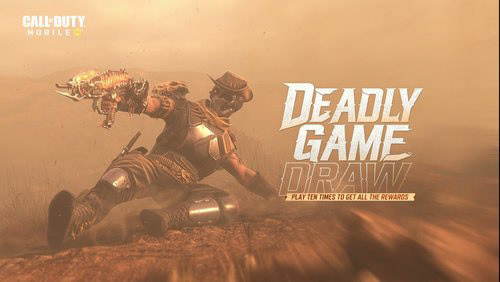
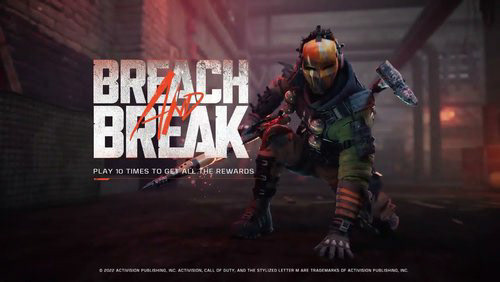
Season 3 - Radical Raid
• $30M in revenue.
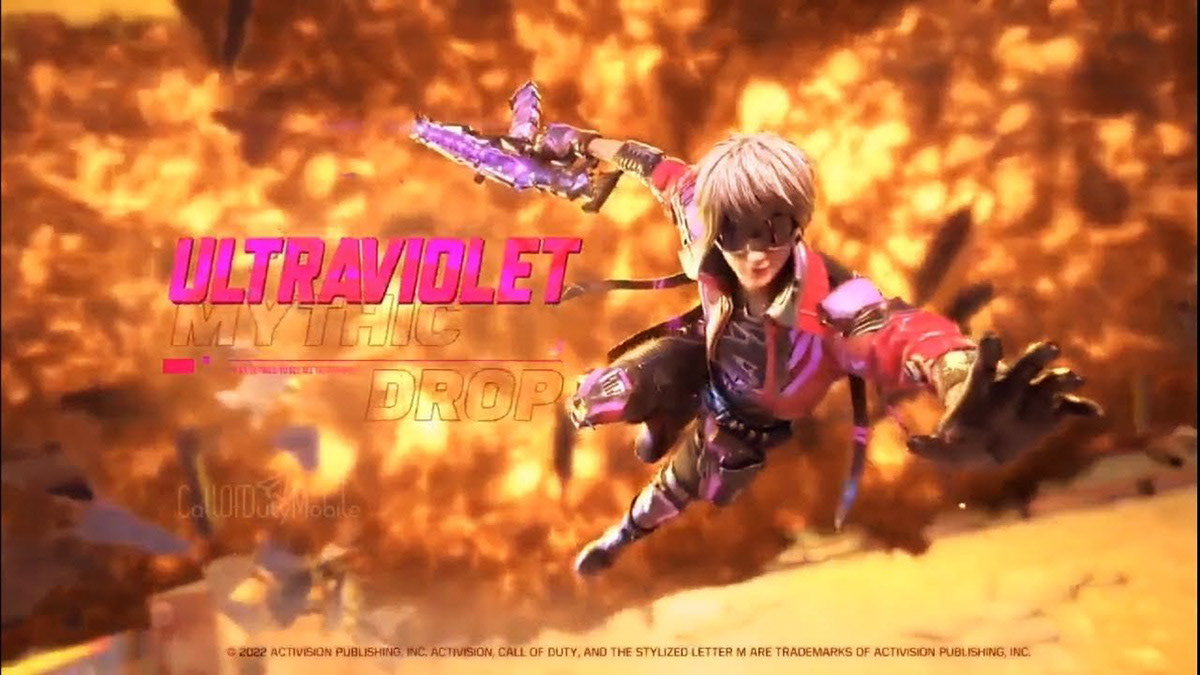
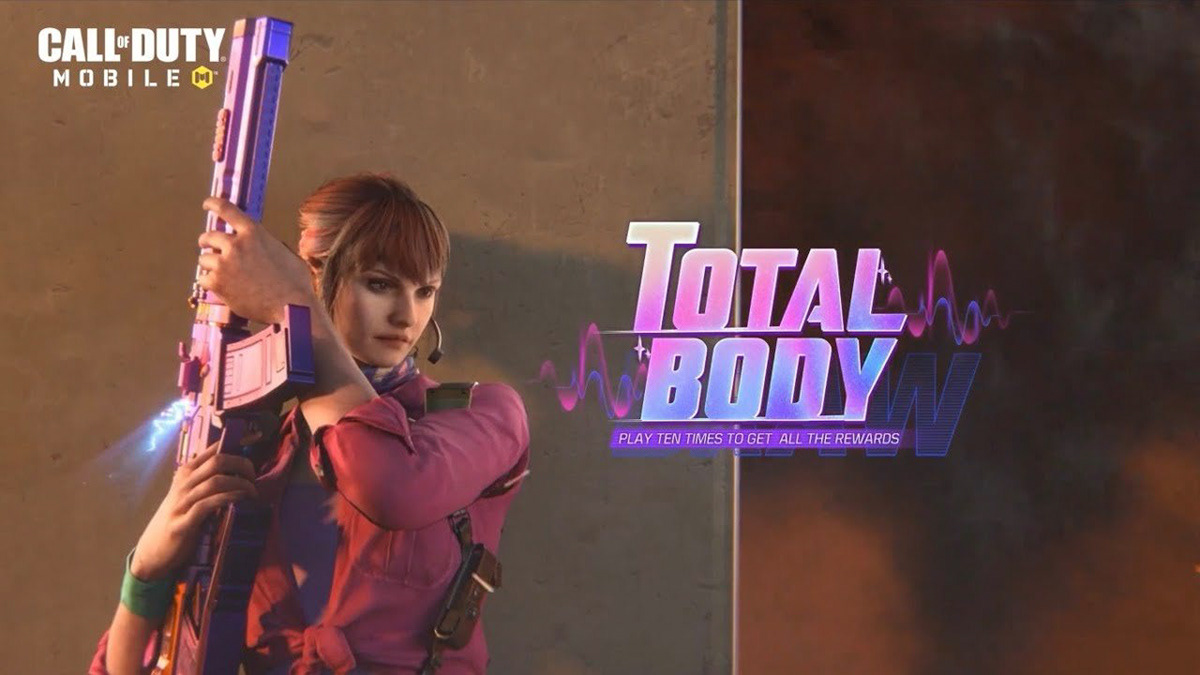
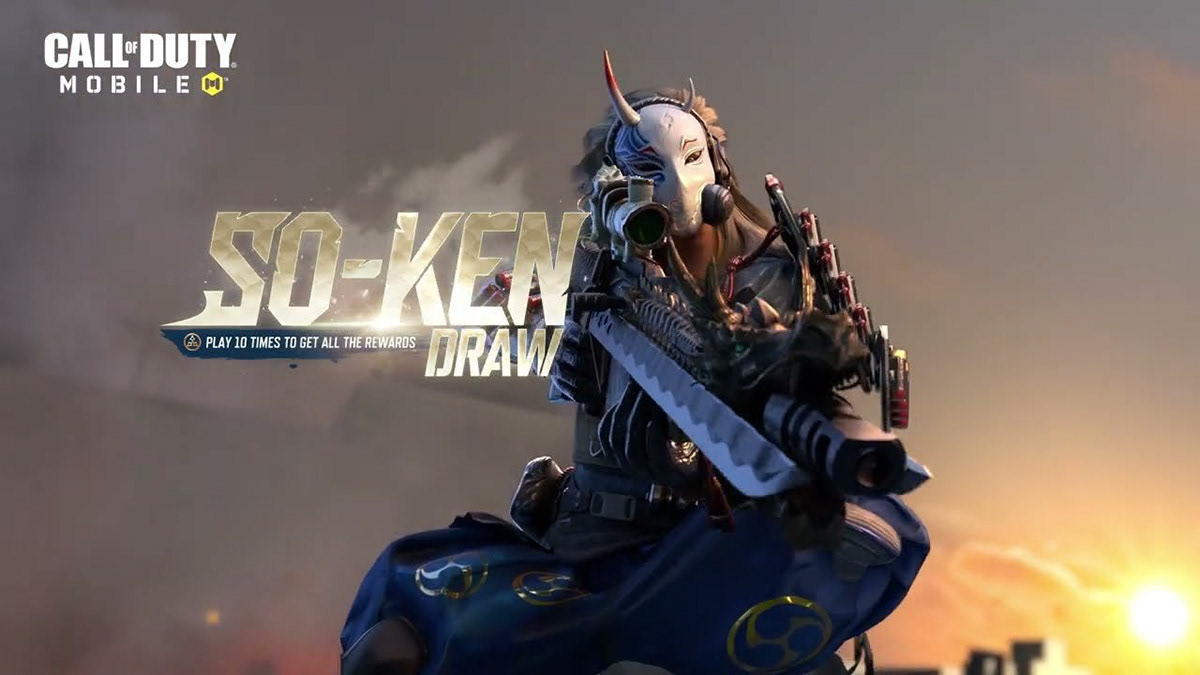
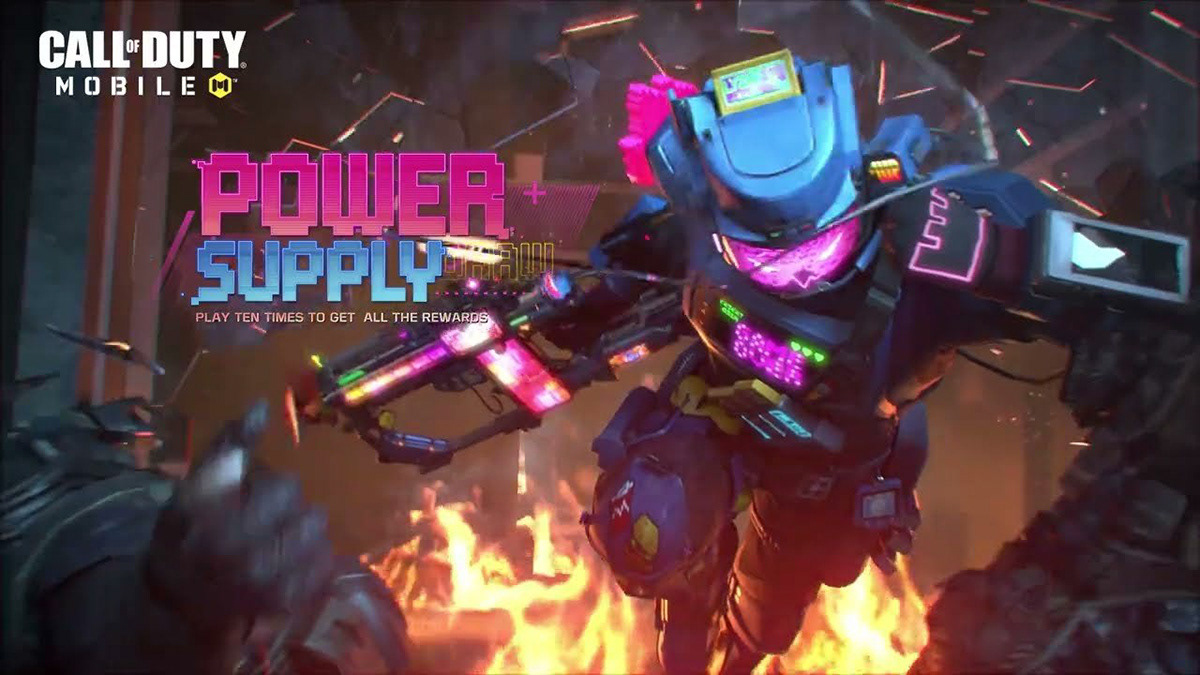

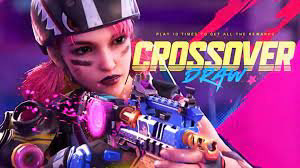
Battle Passes (Season 7, 9, 10, 11, 1, and 3)
I was solely responsible for the integration of the Battle Pass on the following products which involved working on the following parameters:
• Planning (Item Positioning for the Battle Pass, marketing support).
• Planned Experimentation (Adjustment to the Battle Pass).
• Configuration (Integration of the Battle Pass & Battle Pass adjacent content into the game, such as Seasonal Challenges).
• Testing (Validating the functionality).
• Retrospective (New Processes to make sure we can establish and improve on KPIs).
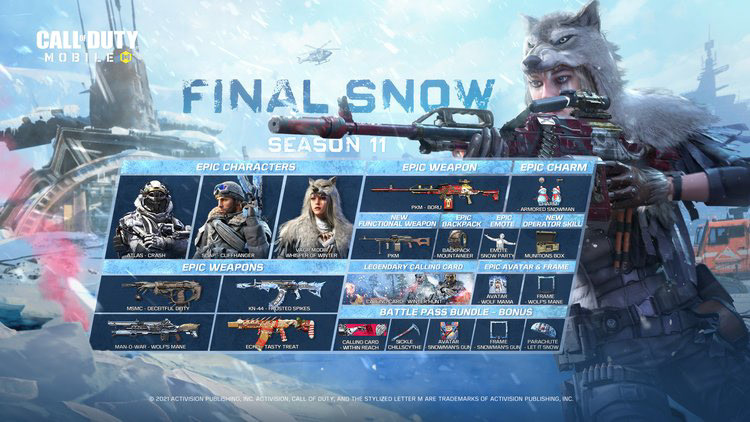
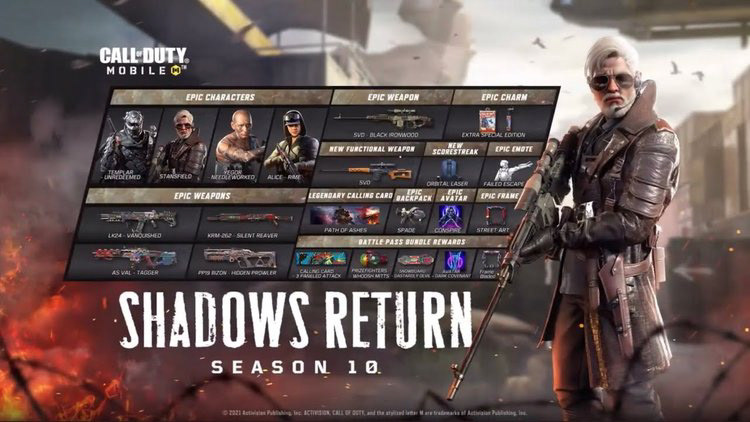
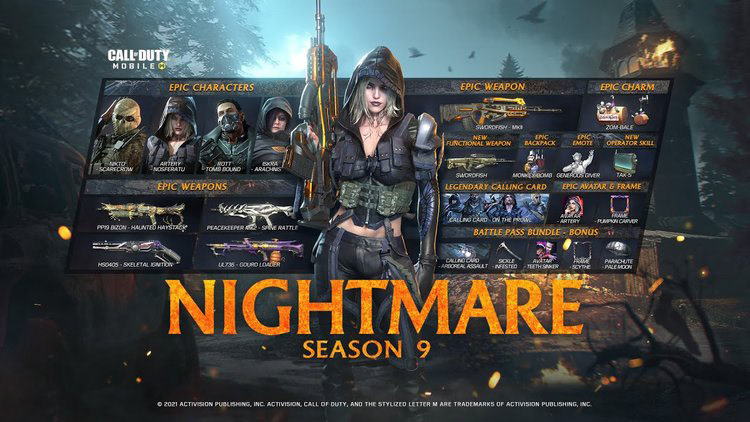
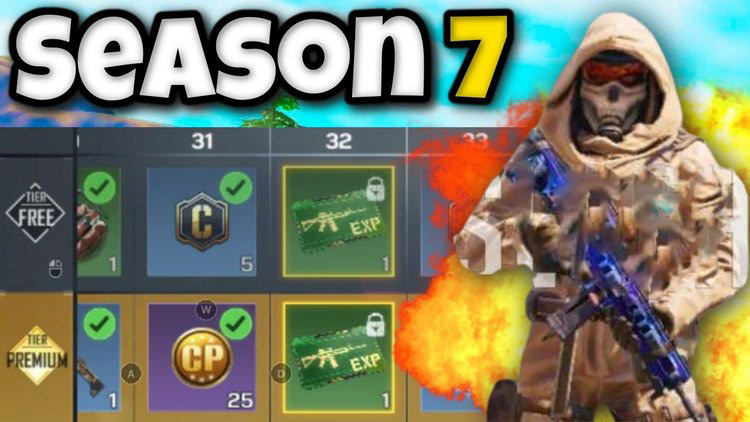
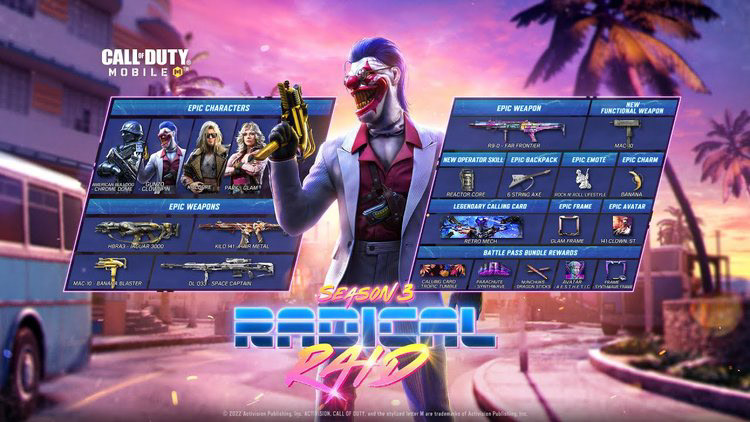
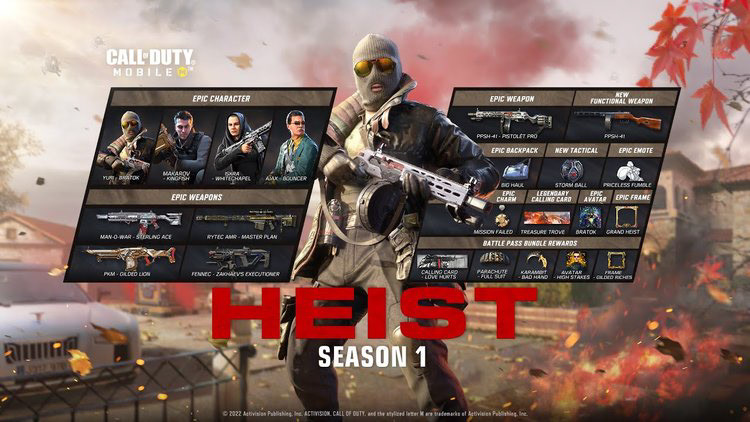
Monetization Models
Due to NDAs, I am unable to share exactly how I was able to create my models, but will instead discuss my general philosophy regarding monetization.
Hypothesis
A key focus of my monetization is integrating healthy variance depending on the product. The main crux that players run into when engaging with monetization is when the formula is a known quantity - ergo, that they can expect the same results regardless of the output and effort that they may put in. On COD: Mobile, one of the major problems we ran into is that players always had a general idea on the path that they would go on when engaging with a Gacha Mechanism. This resulted in an aversion to the product, because a player would always look at our "Gacha Flow" and say "This costs $XXX to purchase" versus "I can spend $X and have a chance at winning the product".
Integration
In collaboration with our data team, I researched through hundreds of millions of user "pulls", identifying "pull values" to every item that existed in our game through our Gacha Mechanisms. This allowed our team to identify that, when constructing specific models, we can suitably increase the probability of players wanting to engage with a Lucky Draw because they pulled "X item" which had a "likely pull-next-item rate of X". We ran an A/B test to test our hypothesis and found stellar results, which meant that we could sufficiently optimize our monetization in our pull rates.
The Outcome
The changes to these mechanics had a resoundingly positive effect on the monetization of COD: Mobile and effectively undid our multi-year long bleeding of revenue; my perspective is that the models we identified are optimal and transferrable to other Mobile Games.